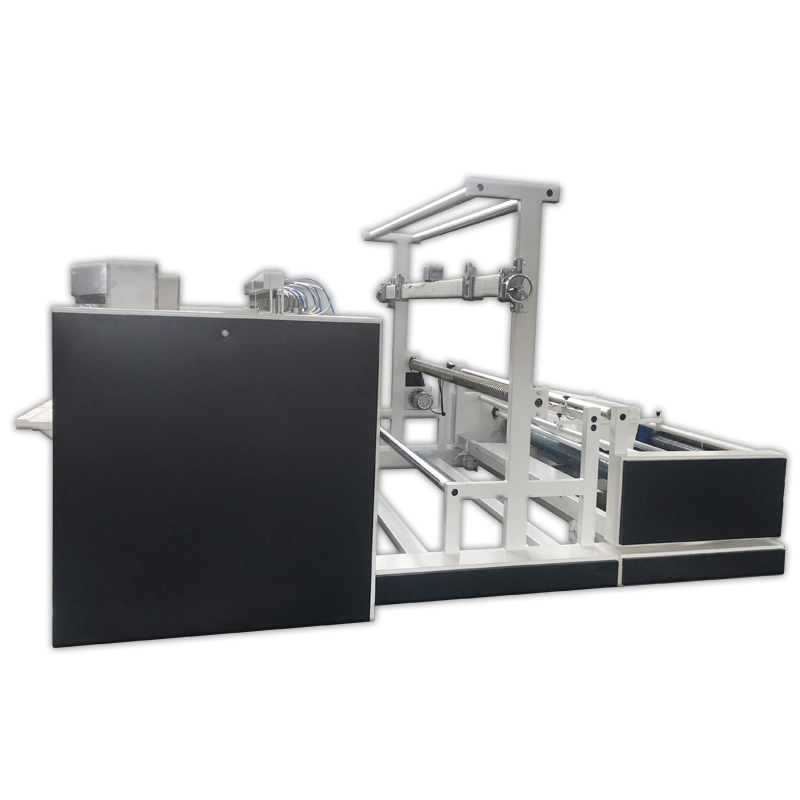Introduction to Fabric Cutting Machine
As you begin to enter the world of sewing machines and fabric cutters, it is important to have realistic expectations of what these machines can do. Cloth cutters come in all shapes and sizes, from small hand-held rotary cutters to large floor models. They can be used to cut a variety of fabrics, from lightweight cotton to thick denim.
Most fabric cutters have a built-in cutter that can be used to cut fabric quickly and easily. However, some high-end models may also have other features, such as a laser cutter or embroidery capabilities. Fabric cutters can be an important addition to any sewing studio, but choosing the right machine for your needs and skill level is very important.
Advantages & Disadvantages of Fabric Cutting Machine
When it comes to cutting fabric, a fabric cutting machine can be a great asset. But as with anything, there are advantages and disadvantages to using one. Here’s a look at some of the pros and cons:
Advantages:
1.Precision:
Fabric cutting machines provide a high level of accuracy and precision when cutting fabrics. They are designed to cut fabrics with great detail and accuracy, which can be challenging to achieve with manual cutting methods.
2.Speed:
Fabric cutting machines are fast and efficient, capable of cutting a large quantity of fabric in a short period. This makes them ideal for mass production.
3.Consistency:
Fabric cutting machines provide consistent and uniform cuts, which is especially important when producing large quantities of the same garment or textile.
4.Reduced labor costs: Using a fabric cutting machine can reduce labor costs as it requires fewer workers to operate the machine compared to manual cutting methods.
5.Versatility:
Fabric cutting machines are versatile and can be used to cut a wide range of fabrics, including delicate fabrics like silk and chiffon.
Disadvantages:
1.Cost:
Fabric cutting machines can be expensive, making it difficult for small businesses or individual users to afford.
2.Maintenance:
Fabric cutting machines require regular maintenance to ensure that they function correctly. This can be time-consuming and costly.
3.Limited mobility:
Fabric cutting machines are typically large and heavy, making them difficult to move around. This limits their use to a fixed location, which may not be suitable for some businesses.
4.Complexity:
Fabric cutting machines can be complex to operate and may require specialized training. This can be challenging for beginners or those with limited experience using such equipment.
5.Noise:
Fabric cutting machines can be noisy, which may cause discomfort to those working nearby. It may also be a nuisance to other workers in the same location.
Conclusion
In conclusion, fabric cutting machine play a significant role in the textile industry.
REHOW’s fabric cutting machines are known for their precision, speed, and efficiency, making them an ideal choice for high-volume production. REHOW also offers excellent after-sales service, including technical support and training, ensuring that customers get the most out of their fabric roll cutting machines. Other than that, REHOW provides the textile industry machines to the whole world, helps them to improve the efficient, decrease the labor costs. If you are interested in us, please contact us now!
Post time: Mar-22-2023






